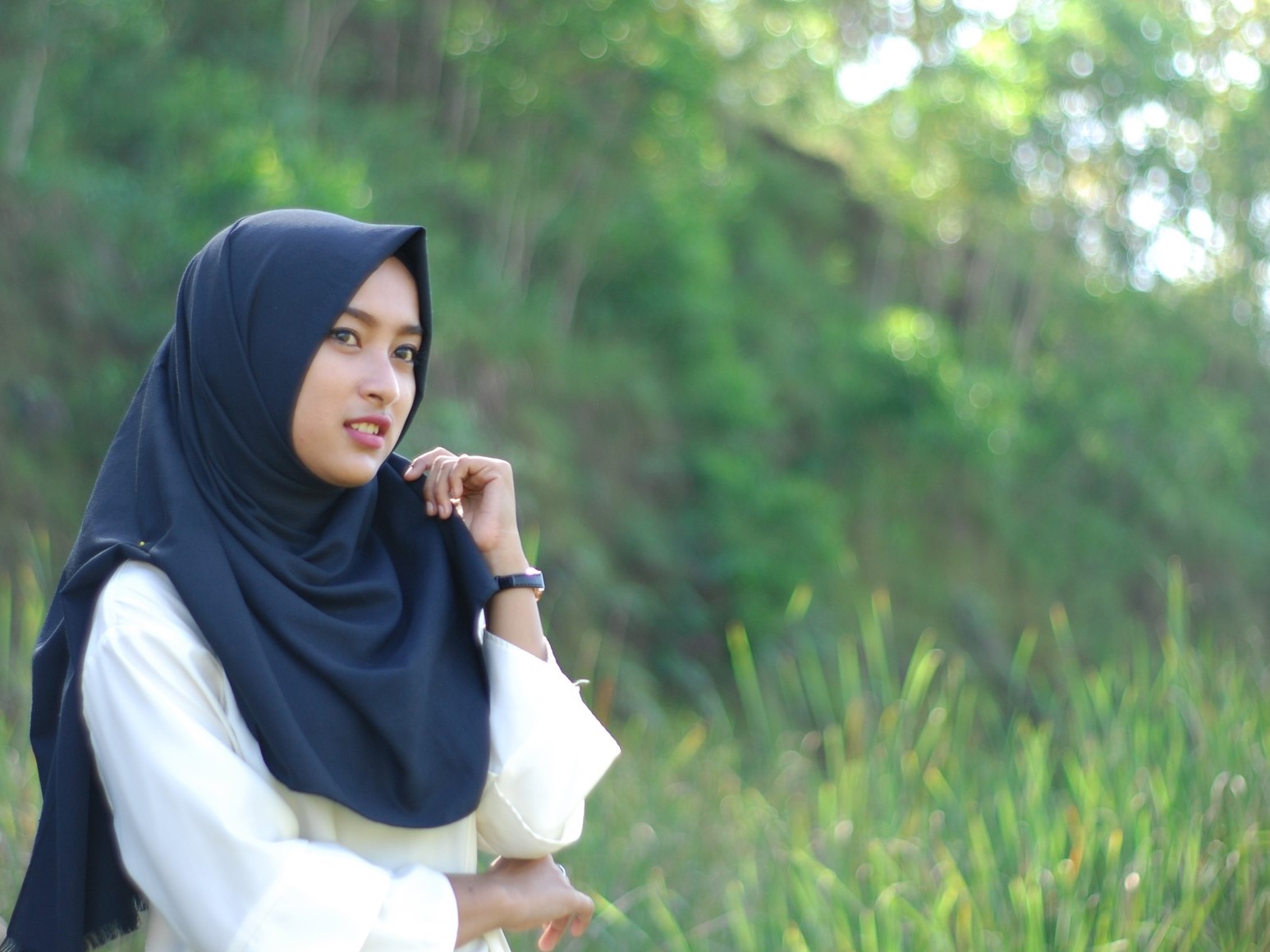Veiled, oppressed and victimized are all synonyms of Muslim women nowadays. The reason being is probably the narrow Western stereotype of the shrouded Muslim woman, who is a captive of her faith and her veil. The freedom of women in Islam has always been one of the topics that create tension whenever it is mentioned. Though Islam has granted women a high position and elevated their status as it is proved in Quran and Sunnah, it is still strongly believed there are many restrictions on a woman's freedom implemented into the laws of Islam.
Farzaneh Milani -author of the book "Words Not Swords: Iranian Women Writers and the Freedom of Movement,"- argued in her book that the veil is a sign and symbol of sex-segregation. It covers a woman's body and her voice. In that same book, she conveniently argued that nowadays, the veil has become a symbol and means of desegregation. She wrote that the body of these women might be covered by a mandatory veiling act, but that their reach was becoming global.
"Islam granted to women 14 centuries ago the right to own property, to engage in debate, to travel to China in search of knowledge," Milani wrote. "But that right was eventually attenuated by the fact that successive generations of male theologians restricted women's mobility and implemented sex segregation." Said Milani.
Many countries like Morocco have witnessed years ago some sort of agitations that are coming from female scholars who are confident of their religious judgment and that are trying to promote an alternative vision of the rights of Muslim women. It is coming, as well, from politically active women, who push for change from within Islamist movements. It is coming from ordinary women who fear that legal strictures will prevent their countries from integrating into the modern world.
They all argue that true struggle has never been against the veil, but for freedom of movement. Virginia Woolf said that a woman needs a room of her own. Certainly, a woman needs a room of her own, but she also needs to be able to freely exit that room and re-enter it at will. Otherwise, the room becomes a prison cell.
Morocco is one of the countries where secular ideas prevail and give people the freedom to choose to practice their religions and traditions. While most Moroccan Muslim women wear the hijab, there are those who choose not to wear it for a variety of reasons. Some Moroccan women believe that although the HIjab was clearly outlined in the Quran, they perceive the wearing of the headscarf as a cultural interpretation of these scriptures. Many Moroccan Muslim women might choose not to wear the Hijab; however, most Muslim women agree that it is a woman’s choice whether or not she wears the Hijab.
Hijab is an Arabic word that means to veil or cover and refers to a woman’s head and body covering; it is a sign of modesty as it is meant to cover the women’s beauty. There are various forms of hijab that are referred to by different names; Burqa for instance, which is the black fabric that covers the entire face and body, leaving a small space through which the woman can see through. There is a huge disagreement in Islamic circles as to what extent Quran advocates the wearing of the burqa. However, The Quran does not mention the burqa or tell women to wear such extremely confining clothes. Instead, it instructs men and women to dress and behave modestly in society.
The freedom of Moroccan Muslim women transcends any restrictions; they are not only permitted to practice their freedom concerning the Hijab but also other authority figures and important political positions. Hijab is a symbol of modesty but it can be a sign of great inner strength and fortitude. A Muslim woman who wears Hijab is always in the upfront line not only defending her decision to cover but her religion as well. However, they insist that the advantages outweigh any disadvantages caused by ignorance or media bias.
